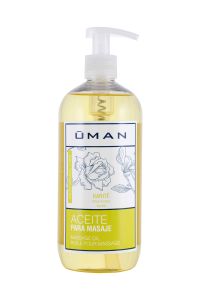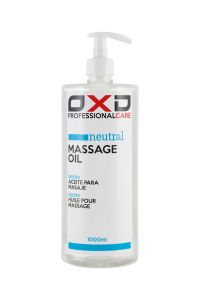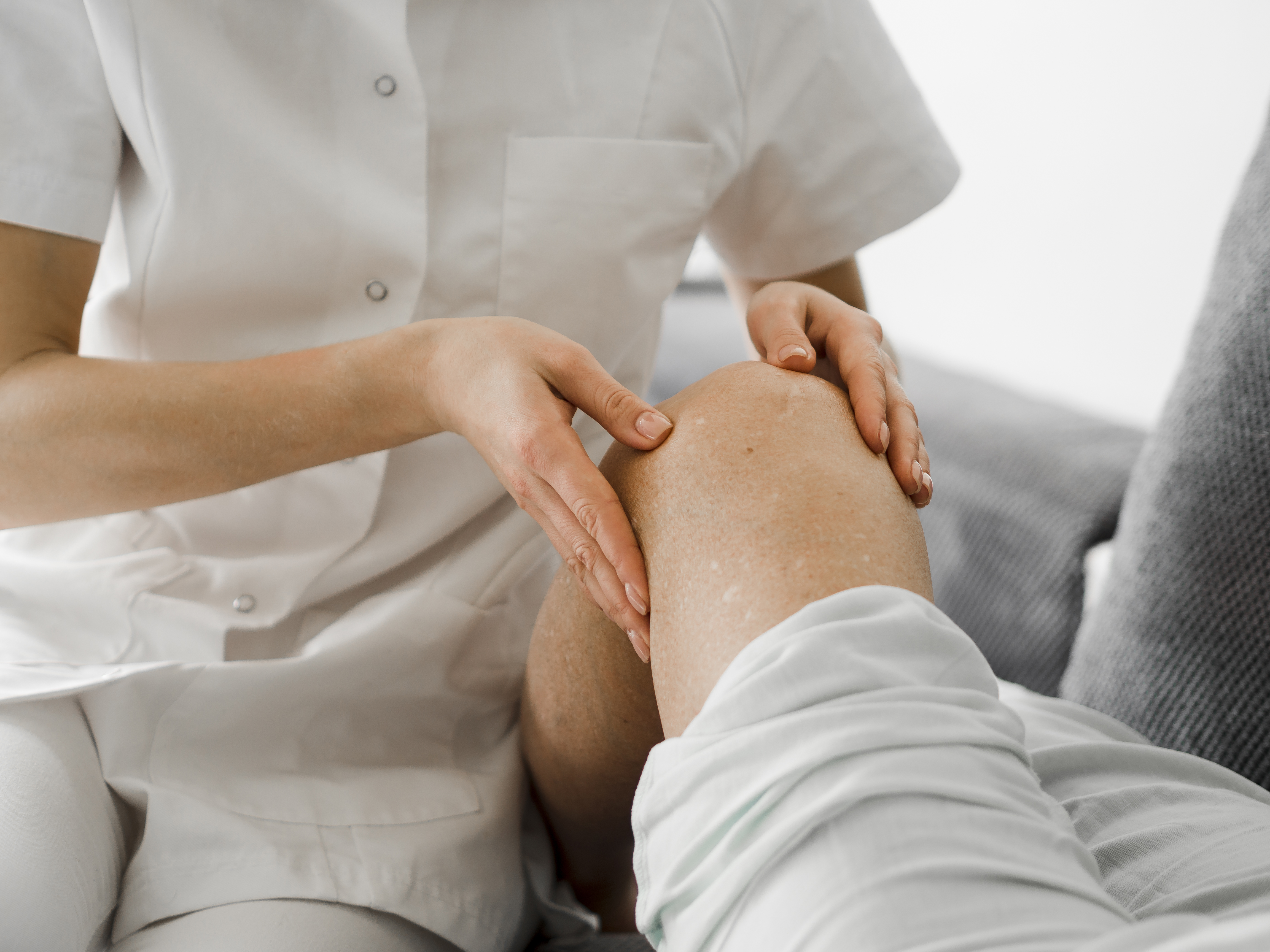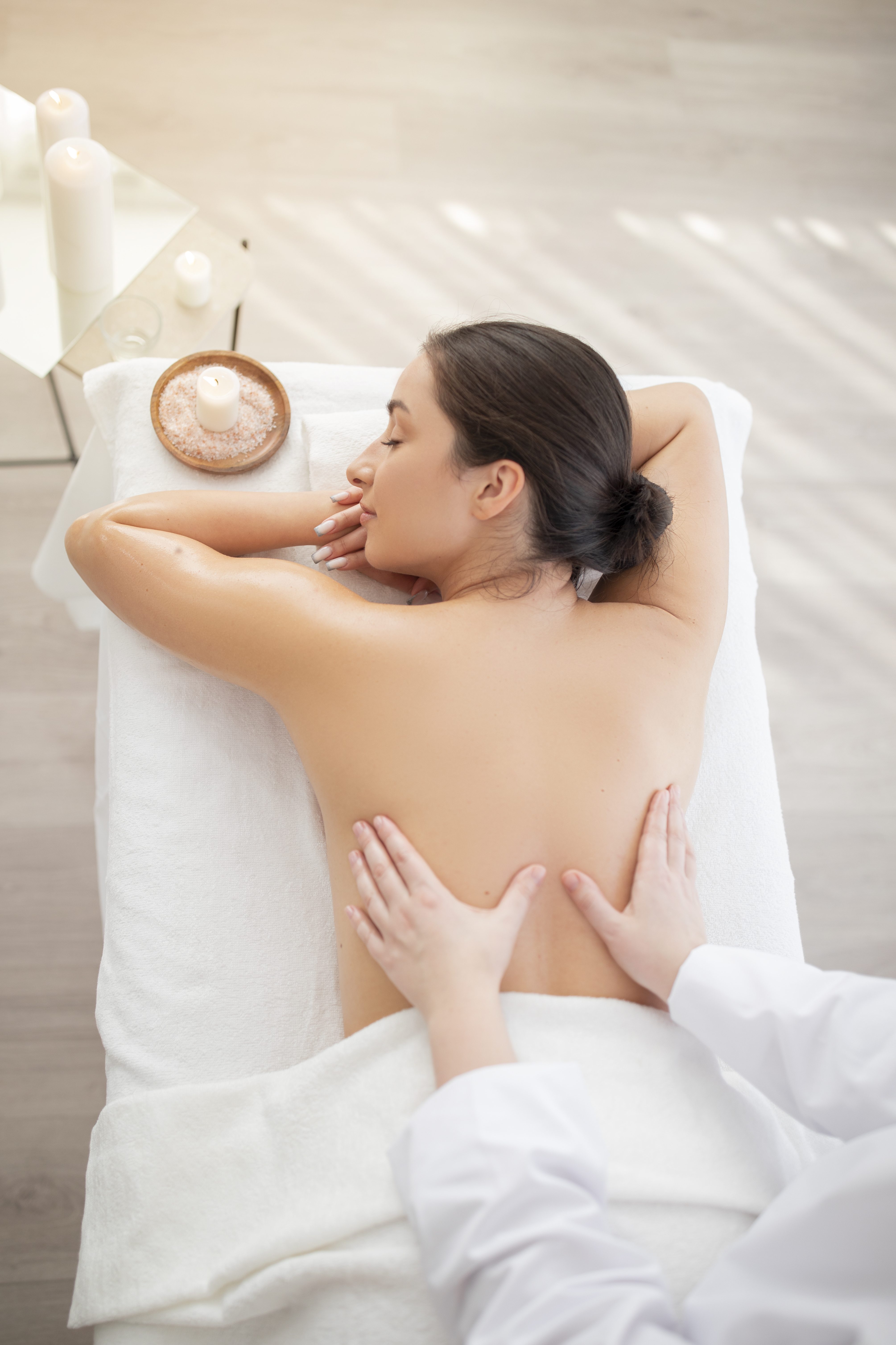The importance of joint mobilisation in physiotherapy rehabilitation
The importance of joint mobilisation in physiotherapy rehabilitation
The importance of joint mobilisation in physiotherapy rehabilitation
Physiotherapy rehabilitation plays a key role in injury recovery, directly affecting the quality of life of patients with mobility problems or restrictions.
Many different techniques can be used, but joint mobilisation exercises are essential for any rehabilitation treatment, aiming to improve the range of motion, reduce pain, and increase joint functionality.
In addition to boosting recovery, joint mobilisation prevents loss of movement, improves tissue elasticity, and allows for the correct alignment of the body's structures.
Given its impact in the professional physiotherapy sector, at Telic Group we want to analyse the importance of joint mobilisation in physiotherapy rehabilitation, explaining what these exercises consist of and the many different benefits they offer.
What are joint mobilisation exercises?
Joint mobilisation consists of a series of controlled and repetitive movements aimed at improving the range of motion of the joints. It can be performed manually or be assisted and is adapted to meet the patient's specific needs.
To put it simply, these exercises are based on performing progressive movements on a joint to improve mobility, restore tissue elasticity, and relieve built-up tension in the surrounding muscles.
A professional physiotherapist will design personalised joint mobilisation exercises taking into account important factors such as age, physical condition, and the type of injury or pathology each patient presents.
Mobilisation can be performed passively, with the physiotherapist performing the movements without the patient being involved, or actively, where the patient participates in the exercises, always following the physiotherapist's instructions.
There is also an active-assisted option, where the patient performs the movements but with the help of the therapist or equipment providing support.
Examples of joint mobility exercises
The following are some examples of joint mobility exercises aimed at improving flexibility and the range of motion of the joints, with the goal of preventing injury and ensuring good joint health.
• Neck and shoulder rotation: releasing tension in the upper body.
• Knee flexion and extension: improving the range of motion in the lower limbs.
• Hip rotations: helping maintain mobility in the pelvic region.
Advantages of using joint movements in physiotherapy rehabilitation
Now that we understand what these exercises consist of, we can look at the main advantages of using joint movements in a physiotherapy rehabilitation treatment, both when performing physical activity and when caring for our bodies in general.
- Pain reduction: stimulating blood circulation, which helps to reduce inflammation and pain. This translates into significant relief for patients suffering from chronic or acute discomfort.
- Increased range of motion: improving the movement capacity of the joints, which helps us when playing sport or just going about our daily lives.
- Preventing joint stiffness: especially important in patients with long-term immobility, preventing the appearance of contractures and improving quality of life.
- Strengthening tissues: helping keep our muscles and ligaments active and strong, promoting faster and more effective recovery.
- Improved circulation: joint movements promote blood flow, which accelerates the elimination of toxins and provides essential nutrients to the tissues.
- Greater elasticity and flexibility: boosting the recovery of elasticity in tendons and ligaments, reducing the risk of future injuries.
- Stimulating our coordination: performing active mobilisation exercises improves motor coordination, a key aspect for patients in advanced phases of rehabilitation.
- Preventing future injuries: by increasing joint stability, flexibility, and resistance, joint movements significantly reduce the risk of future injuries.
In short, joint mobilisation is a fundamental part of physiotherapy rehabilitation that not only improves the range of motion of the joints but also offers other important benefits, as we have seen.
At Telic Group, we offer a wide range of OXD products for professional massage, designed for use when performing any type of massage, including joint movement massages. They are essential for physiotherapists due to their diverse compositions, targeted ingredients, and range of formats.
Our catalogue includes an extensive range of body massage oils, designed to assist physiotherapists when performing joint movements, ensuring tailored care for each patient's skin.
We also have essential oils, gels, creams, and milks for massages, designed for different treatments and patients, supporting their effective and personalised rehabilitation.
SOURCES:
https://www.penalba8ep.es/la-importancia-de-la-movilidad-articular-en-fisioterapia/
https://www.naradigital.es/blog/detalle-noticias/2421/que-es-la-movilidad-articular
https://palma.fisio-clinics.com/como-la-rehabilitacion-en-fisioterapia-ayuda-mejorar-la-marcha

 Español
Español Français
Français







